|
|
Post by roraima on Jan 6, 2016 0:54:34 GMT -5
More, more, more! I've been waiting for an update  The colour of that tentaculata is insane. Great work dude! |
|
|
|
Post by H2O on Jan 6, 2016 14:00:03 GMT -5
I agree, Nepenthes tentaculata is one of my favourite species. I really hate there one has ever collected seed from the lower elevation sites.
Really nice!
|
|
|
|
Post by Avery on Jan 6, 2016 21:11:21 GMT -5
Thanks guys! I'm in the process of building a new grow chamber, but it will take time. I'll post about it at a later date. Here's some plants in the meantime. Little seed grown Nepenthes edwardsiana making a pretty good leaf jump: 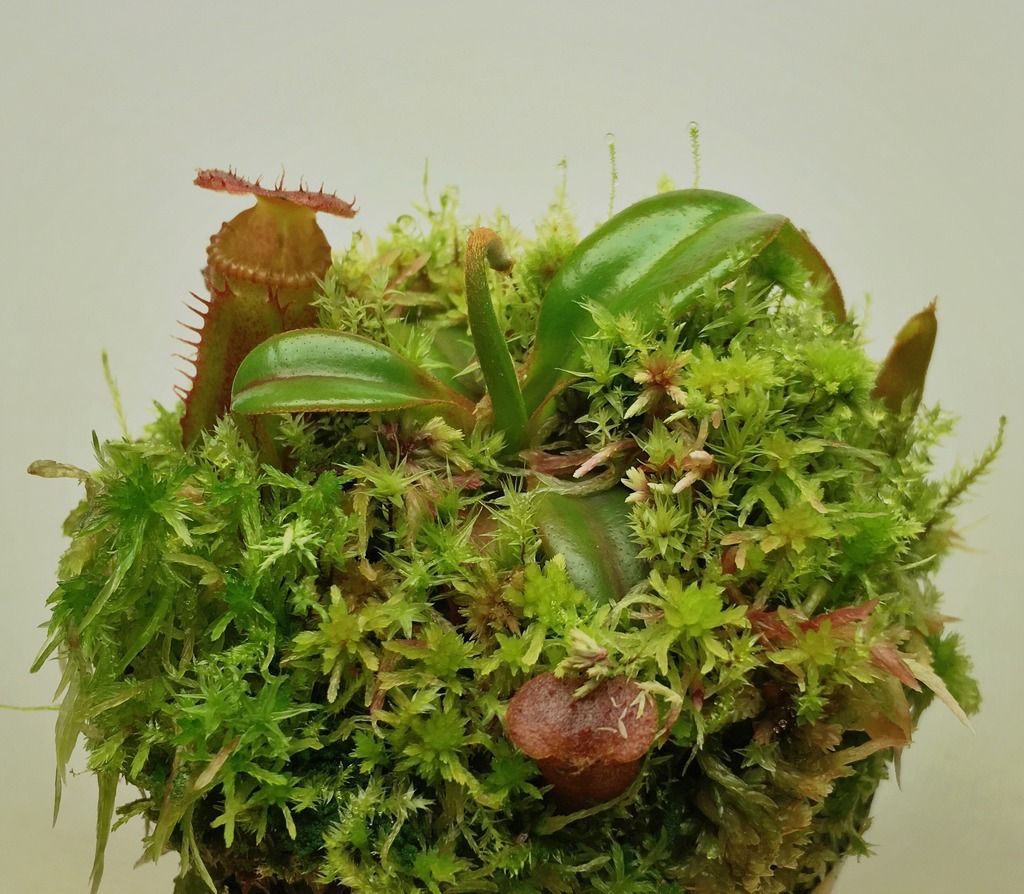 N. glabrata N. glabrata: 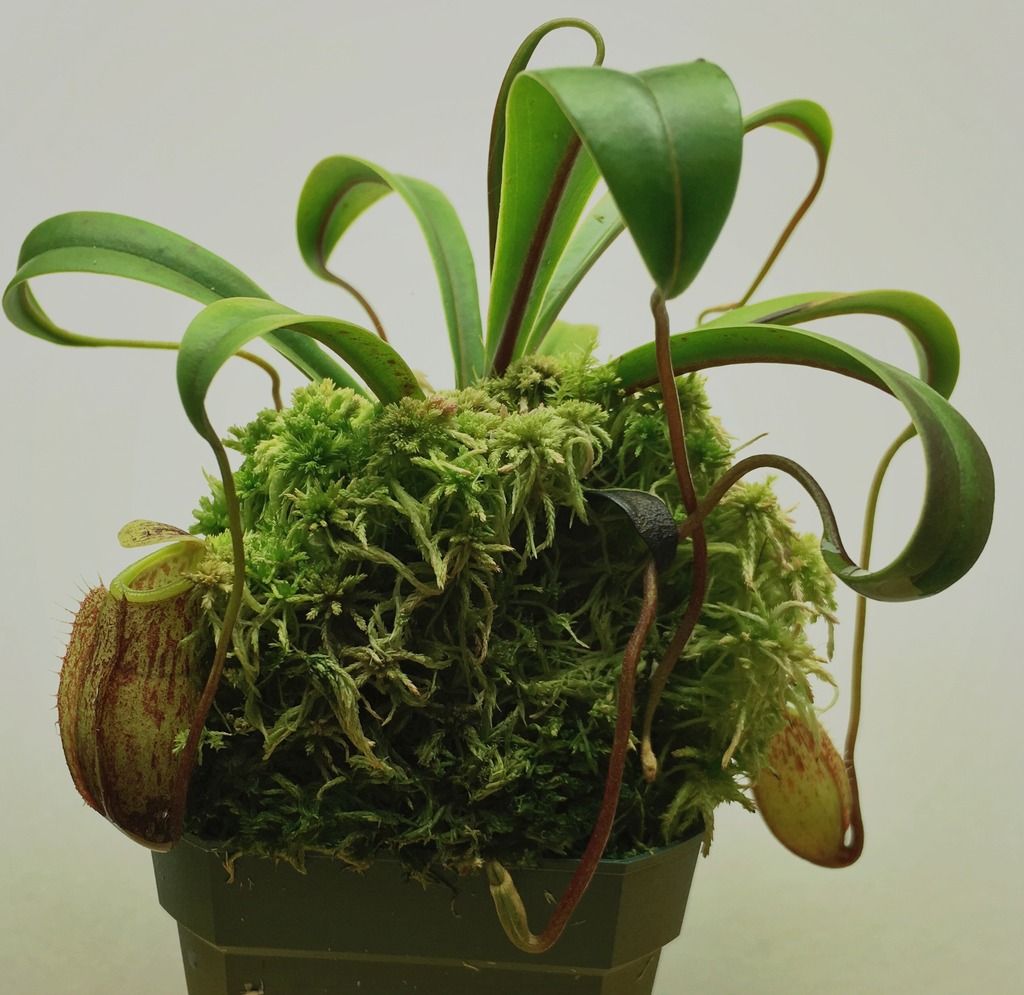 Seed grown N. lowii: 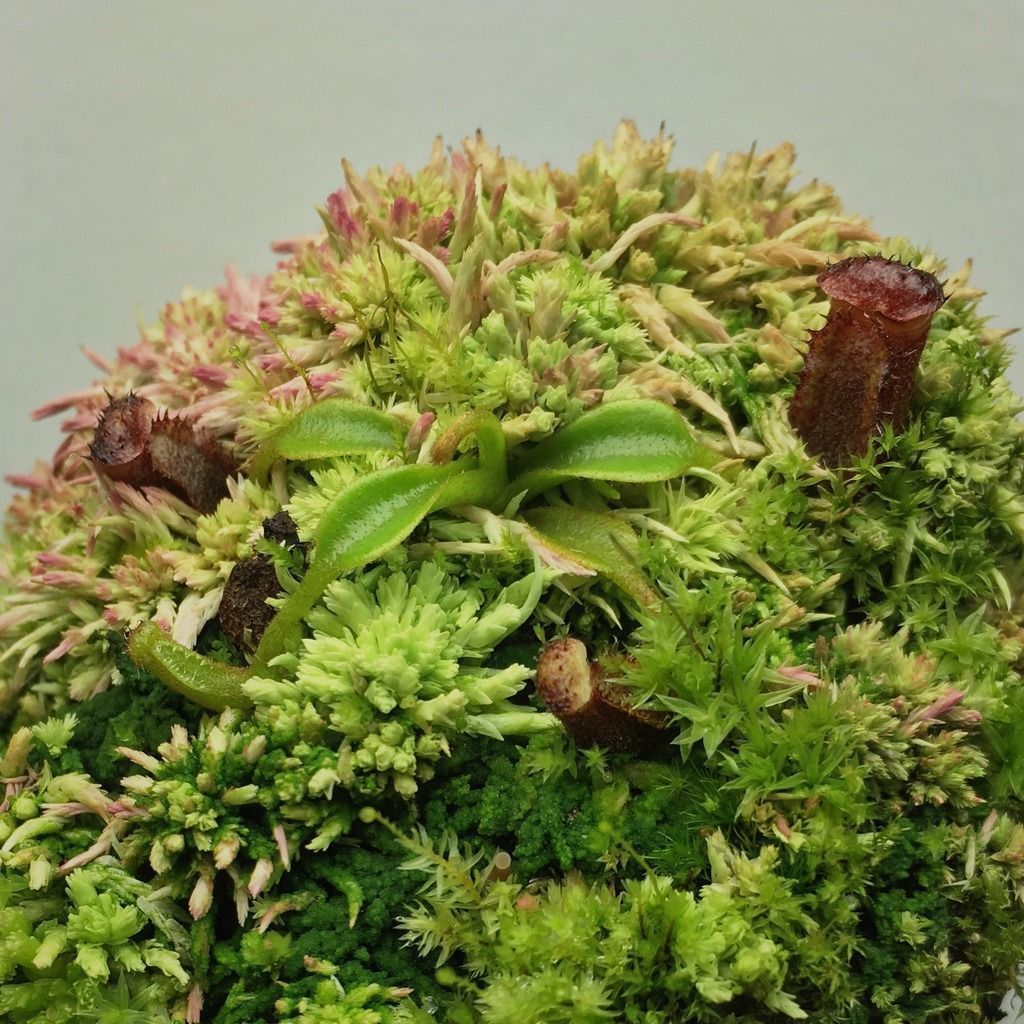 Cephalotus follicularis Cephalotus follicularis: 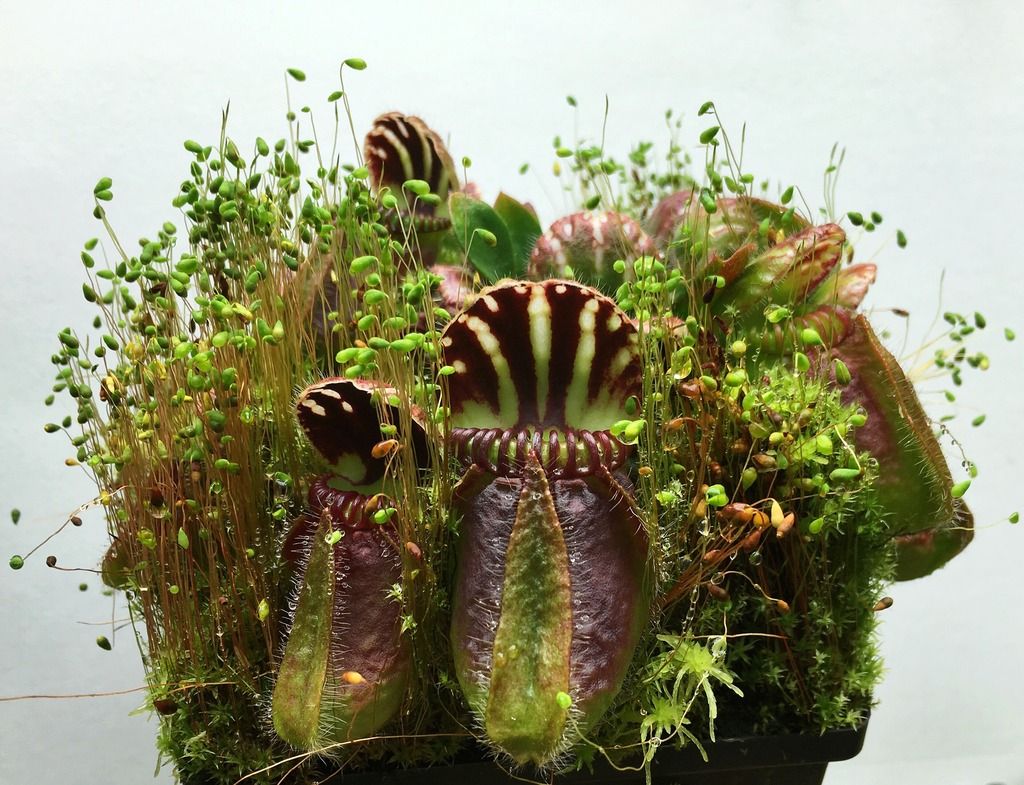 Heliamphora pulchella Heliamphora pulchella Churi Tepui finally making some mature(ish) pitchers..! 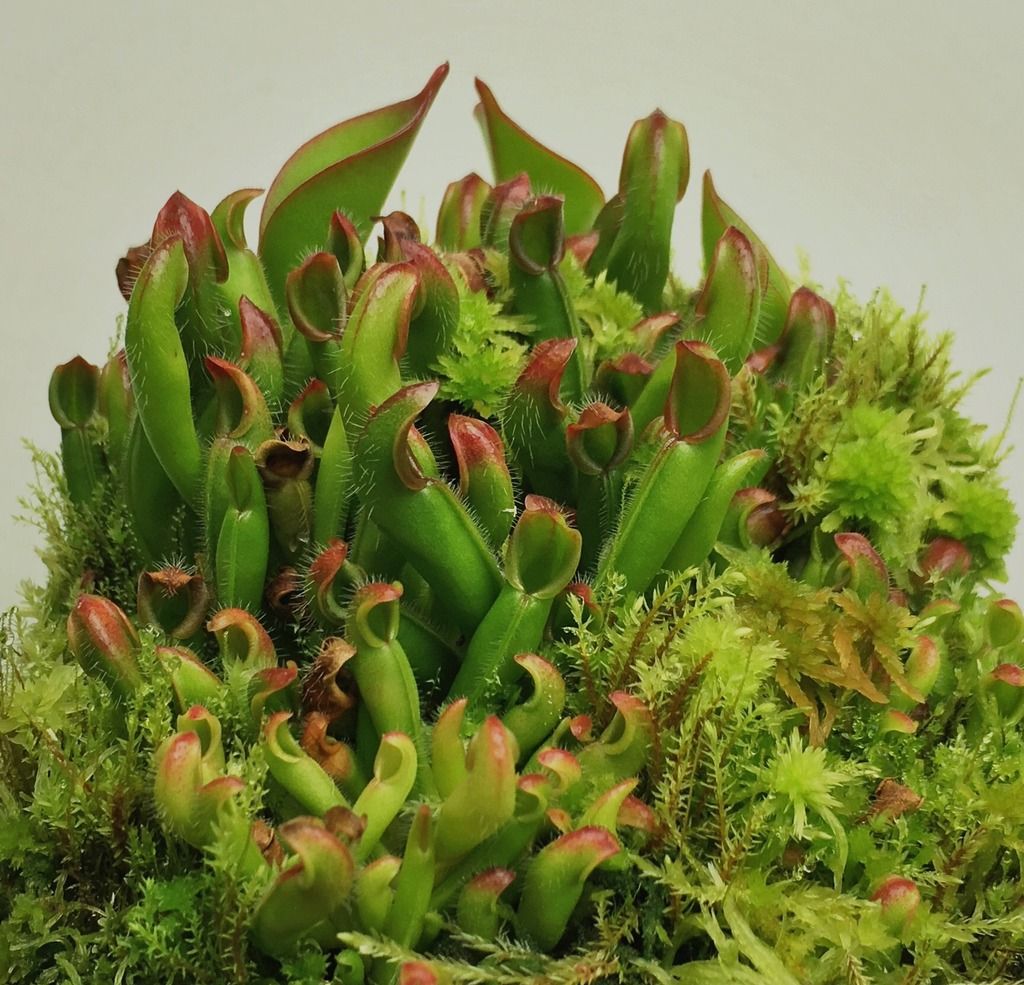 Seed grown Tambuyukon N. villosa: 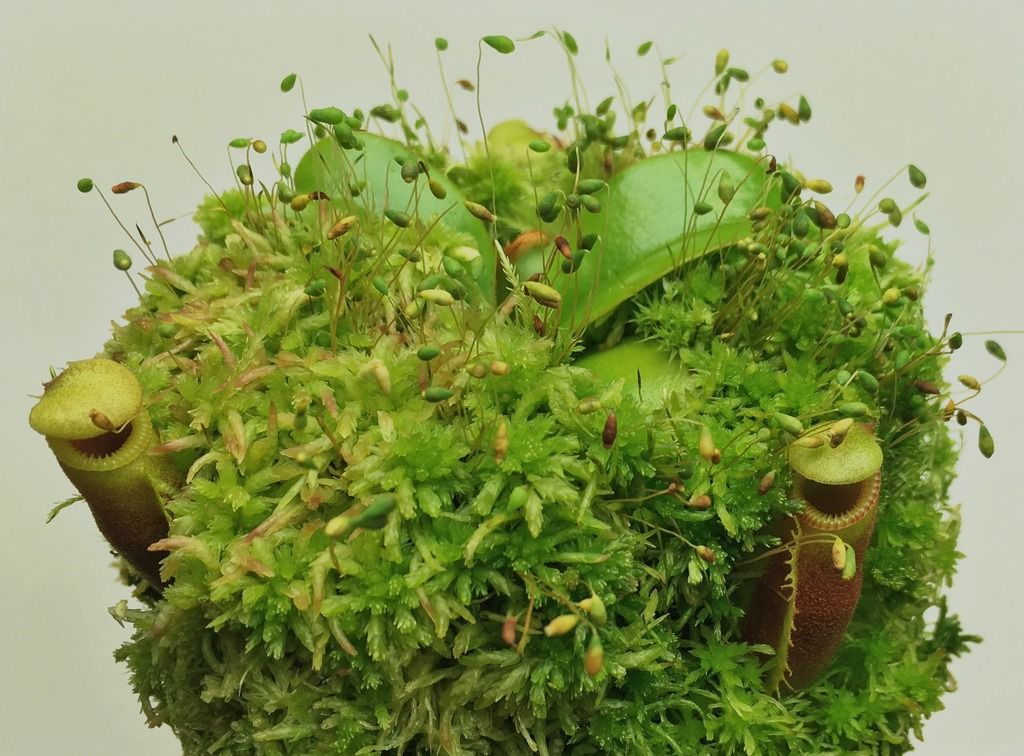 Seed grown Kinabalu N. villosa: 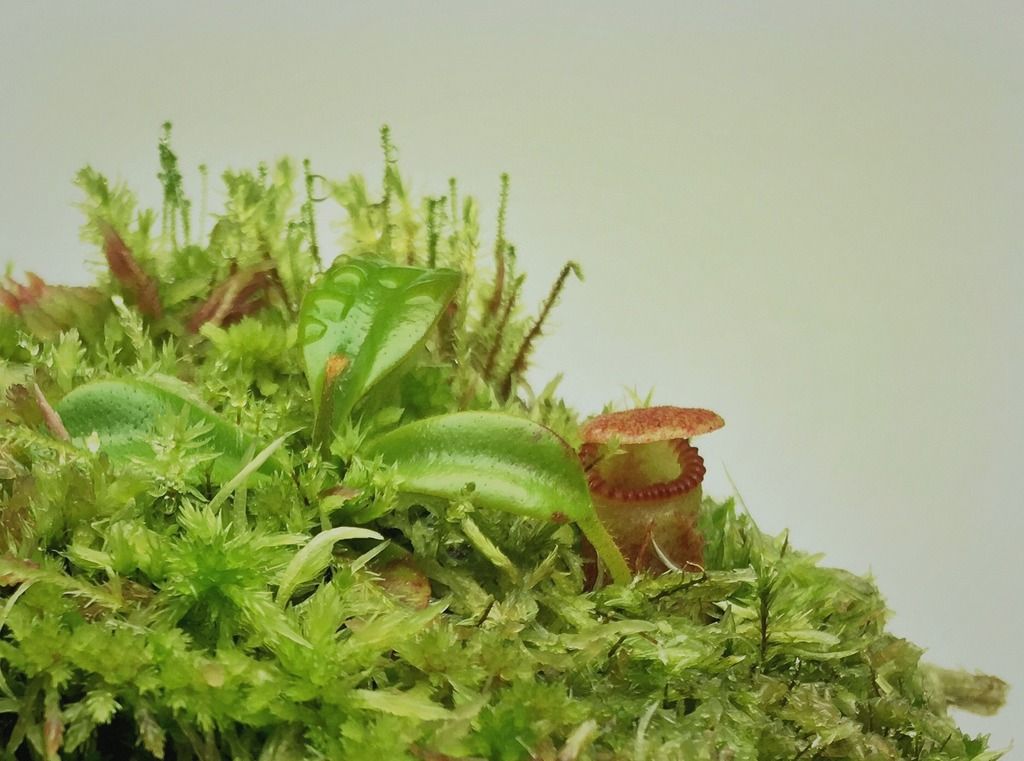 N. hamata N. hamata: 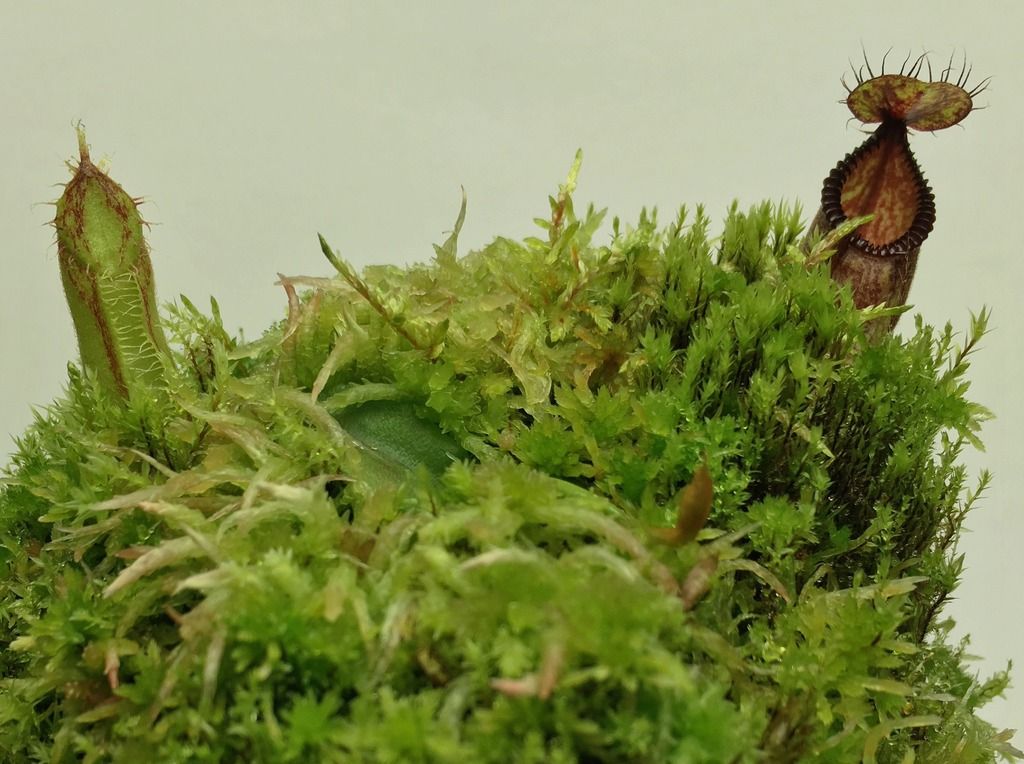 N. jacquelineae N. jacquelineae: 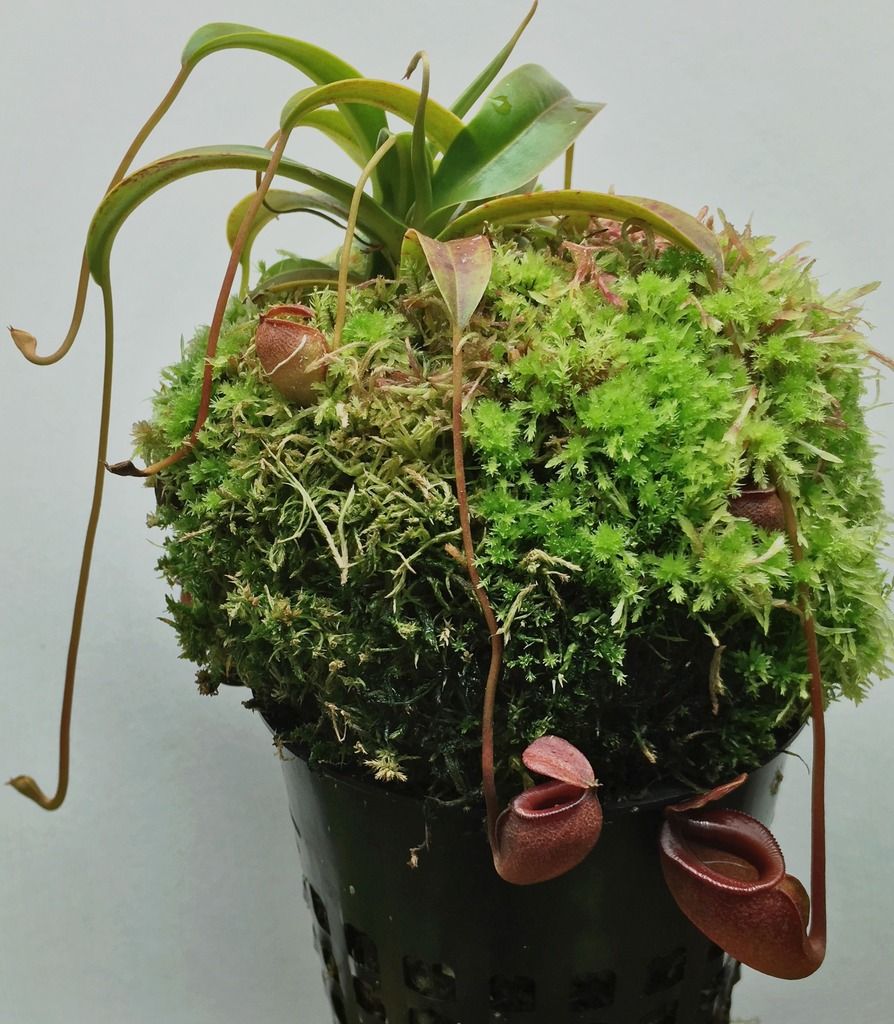 Heliamphora minor Heliamphora minor responding well to higher lighting: 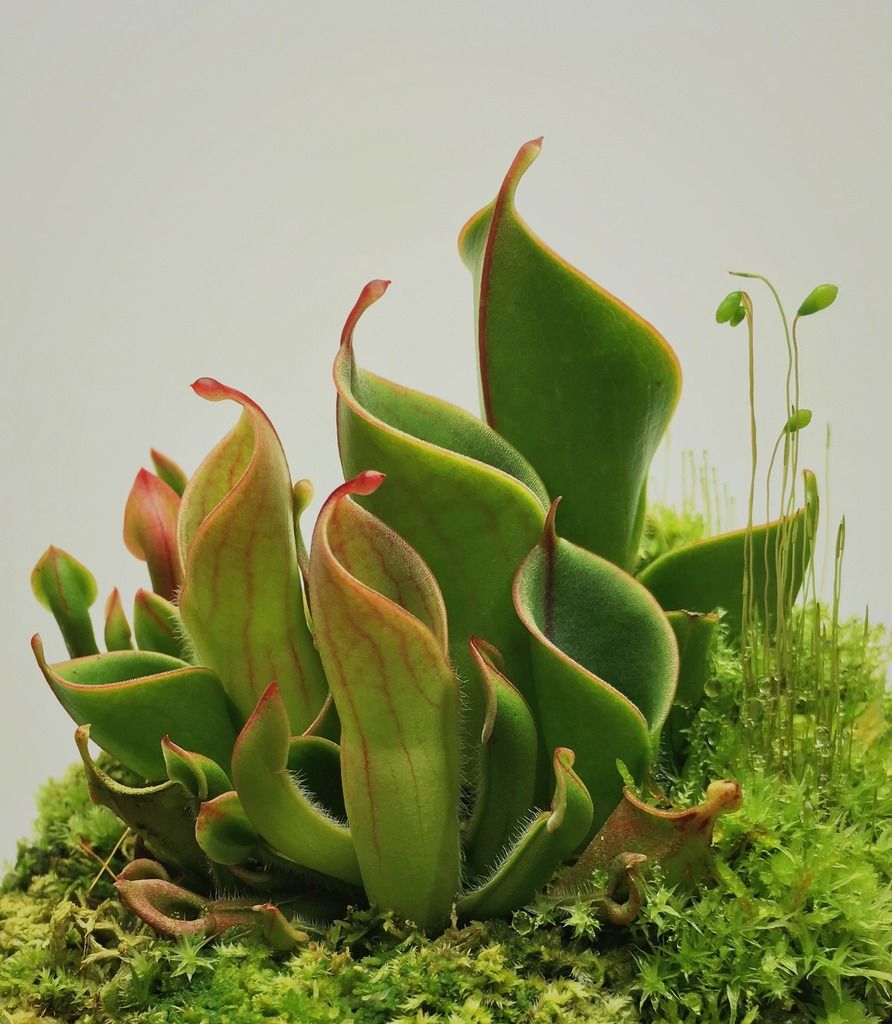 N. tentaculata N. tentaculata: 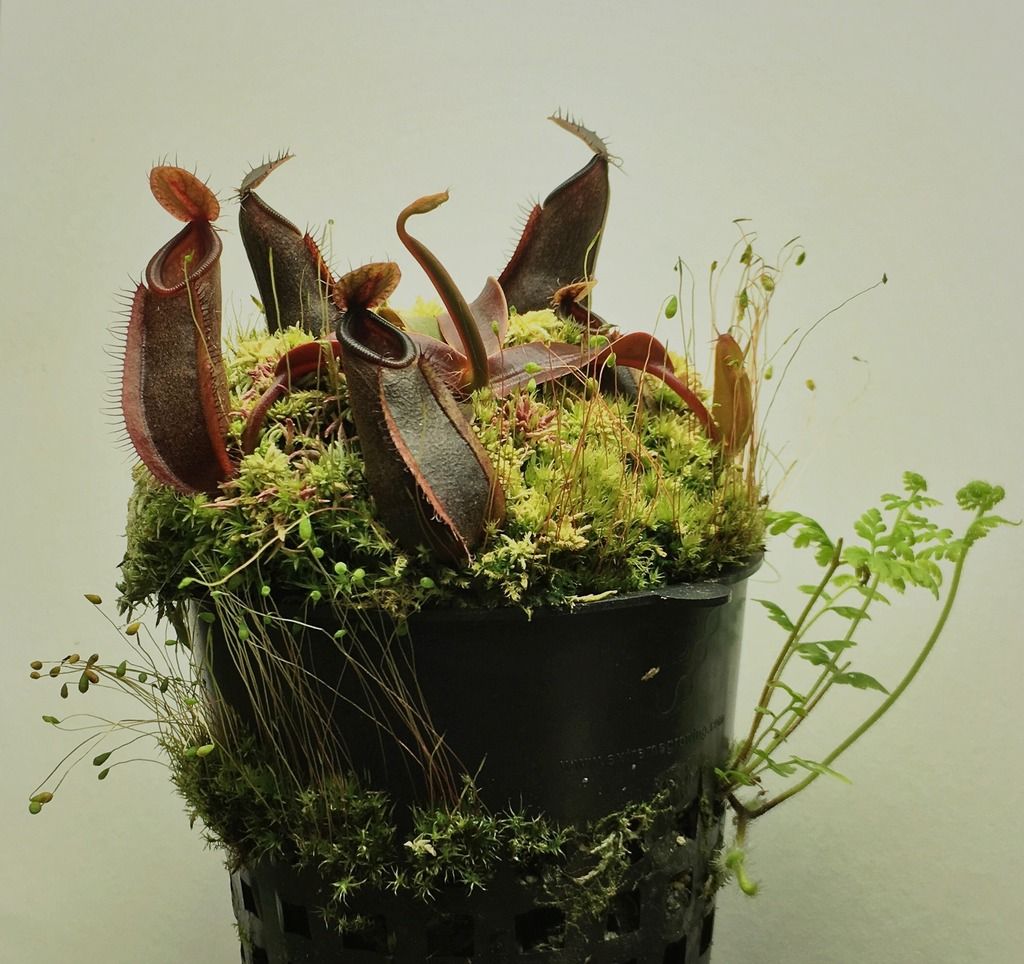 Thanks for looking. Enjoy! |
|
|
|
Post by amanitovirosa on Jan 6, 2016 21:22:43 GMT -5
...whoa!!! That's quite the collection and very nice pics too. I find CP's are very hard to photograph. Fantastic work growing all of those from seed, very impressive. Thanks for taking the time to post them. Cheers to you!
|
|
|
|
Post by Avery on Jan 6, 2016 21:29:28 GMT -5
Thanks! Although I have germinated Nepenthes from seed, these particular plants were bought as seedlings so I can't take credit for that.
|
|
|
|
Post by roraima on Jan 6, 2016 21:40:03 GMT -5
Fantastic pics Avery, so many incredible plants. Do you have location data on your N. lowii? If you do...my guess is Mt Trusmadi  |
|
|
|
Post by Avery on Jan 6, 2016 22:37:33 GMT -5
Hey Guy! Yes, the N. lowii is from Mt. Trusmadi.
|
|
|
|
Post by roraima on Jan 6, 2016 23:15:08 GMT -5
Thanks Avery! Awesome I thought there seemed to be a close resemblance (even at such a young age) to the SG lowii I have from Trusmadi. Maybe their siblings?  |
|
|
|
Post by keeper on Jan 7, 2016 10:18:10 GMT -5
Man, awesome plants
|
|
|
|
Post by keeper on Jan 7, 2016 10:27:05 GMT -5
Every time I see other people's glabrata they look more beefy than mine, mine is such a thin plant, it grows vigorously enough and is doing great right now but it's leaves are so thin compared to what I see in other people specimens. It gets just as much light as my other plants mind you it sits a little lower to the light but I would think that would make it grow a little thicker leaves to try to catch more light. Maybe I just got some sort of variation in the plant ? Any thoughts anyone? I'll have to snap a photo tonight when I'm home from work
|
|
|
|
Post by WillyCKH on Jan 7, 2016 10:40:47 GMT -5
So nice! Seriously though, those moss are so lovely. Do those tall bean looking spore-stalks of your moss dance if you spray them? I was lucky to find some of the dancing moss last year in Jan, but I couldn't keep them alive  |
|
|
|
Post by keeper on Jan 8, 2016 15:22:17 GMT -5
Hope you don't mind but I wanted to share with you just how different my glabrata's leaves are growing compared to yours. Mine are so thin compared to yours it seems. It's growing very well right now and it's getting pretty big, bigger than yours in this photo , yet, at its size , it's leaves seem so thin and spindly. They're beautiful plants and I love the one I have , just interesting to see how it's growing different Thoughts ? 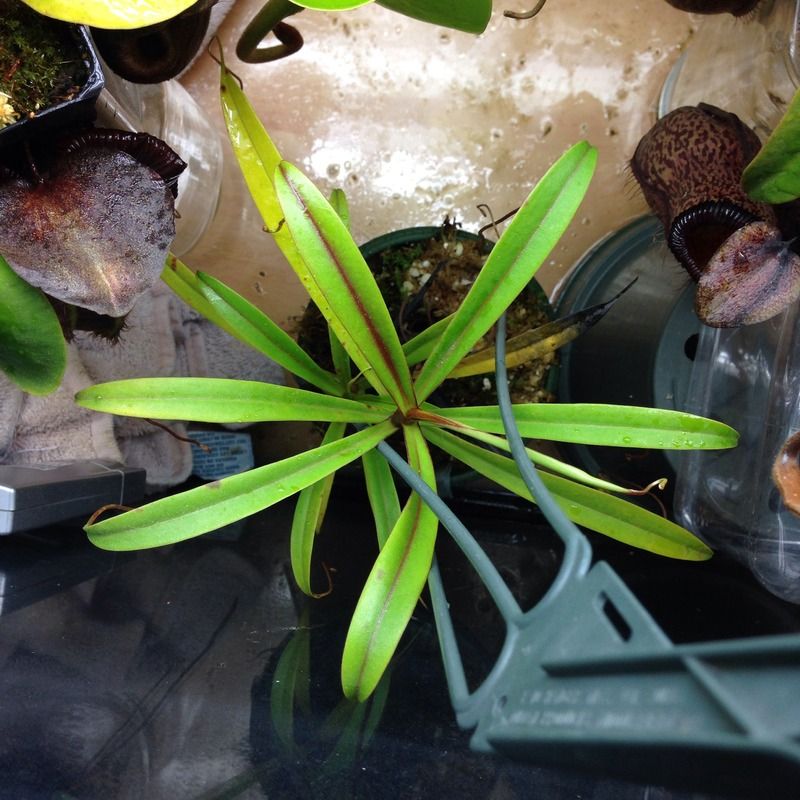 |
|
|
|
Post by keeper on Jan 8, 2016 15:27:35 GMT -5
Here is a side shot. Again, sorry for posting in your thread, please feel free to have them removed. I just wanted to show ya 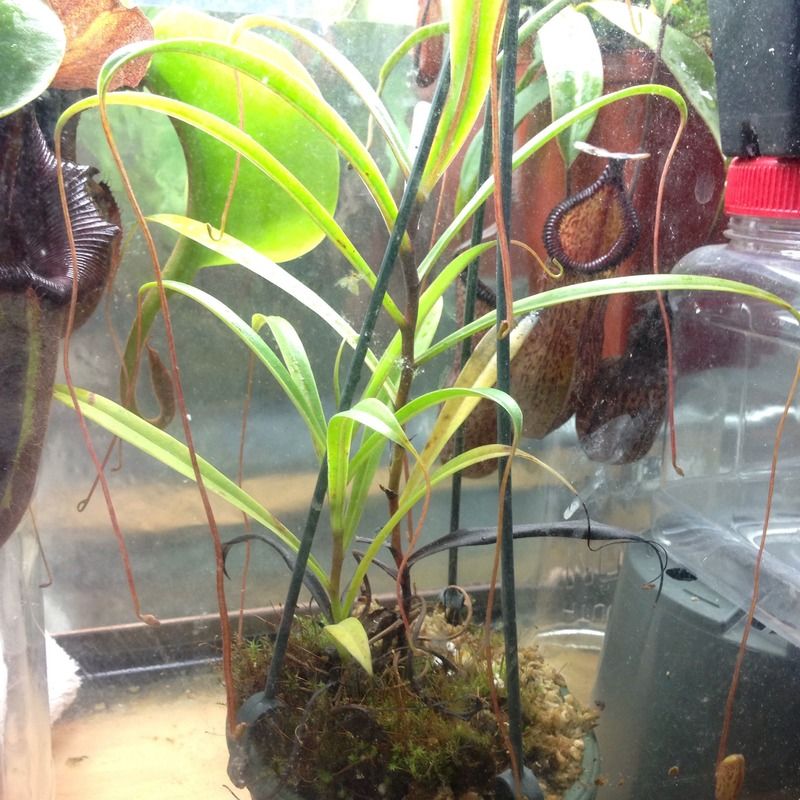 |
|
|
|
Post by H2O on Jan 8, 2016 15:42:43 GMT -5
keeper, your N. glabrata looks just fine, this species doesn't produce wide leaves and always has a spidery growth to it. Remember that Avery's plant is much smaller then yours and by proportions his leaves look wide but chances are yours are just as wide or wider. Great looking plant, one of my all time favourites.
|
|
|
|
Post by roraima on Jan 8, 2016 17:17:38 GMT -5
My rough translation of the species description of the leaf blades of N. glabarata:
- Leaves are papery (chartaceous) and attached directly to the stem (sessile).
-The leaf blade (lamina) of young rosette plants is linear, while rosettes on mature plants may be greatly reduced to the point of being almost absent
-On climbing stems, the leaf blade (lamina) is narrowly elongated and strap-shaped (oblong-ligulate), to narrowly tounge-shaped (oblanceolate). It measures up to 12 cm in length by 3 cm in width.
- The leaf balde (lamina) has an triangular shaped tip/termination (acute apex) with a tendril insertion that attaches slightly more to the lower surface than it does to the leaf margin (peltate tendril insertion).
-The leaf blade is tapers shortly at the base, clasping the stem by approximately one-third to one-half of its circumference and may or may not wrap the stem (decurrent) as a pair of very low ridges.
-One to three longitudinal veins are present on either side of the midrib. Pinnate veins are inconspicuous.
So from just going on the pictures provided it would appear that the leaves of Keeper's plant is more on the strap-shaped (oblong-lingulate) side of things, while Avery's is more oblanceolate (narrow based, tounge shape).
From the description it seems like the leaves of this species are naturally very thin and papery, so again the narrower thin leaves of Keeper's plant fit the description.
I can't tell from Keeper's pics, but I can see at least two longitudinal veins on either side of the midrib of Avery's plant which again fits the description.
I can't really say anything about tendril attachment from these pictures.
Based purely on examining pictures of a few of the discernible leaf traits of these two plants compared to the parts of the description. I would say that the leaves of both plants seem to fall within the constraints of the species description.
Hope this helps a little and great growing to you both.
|
|